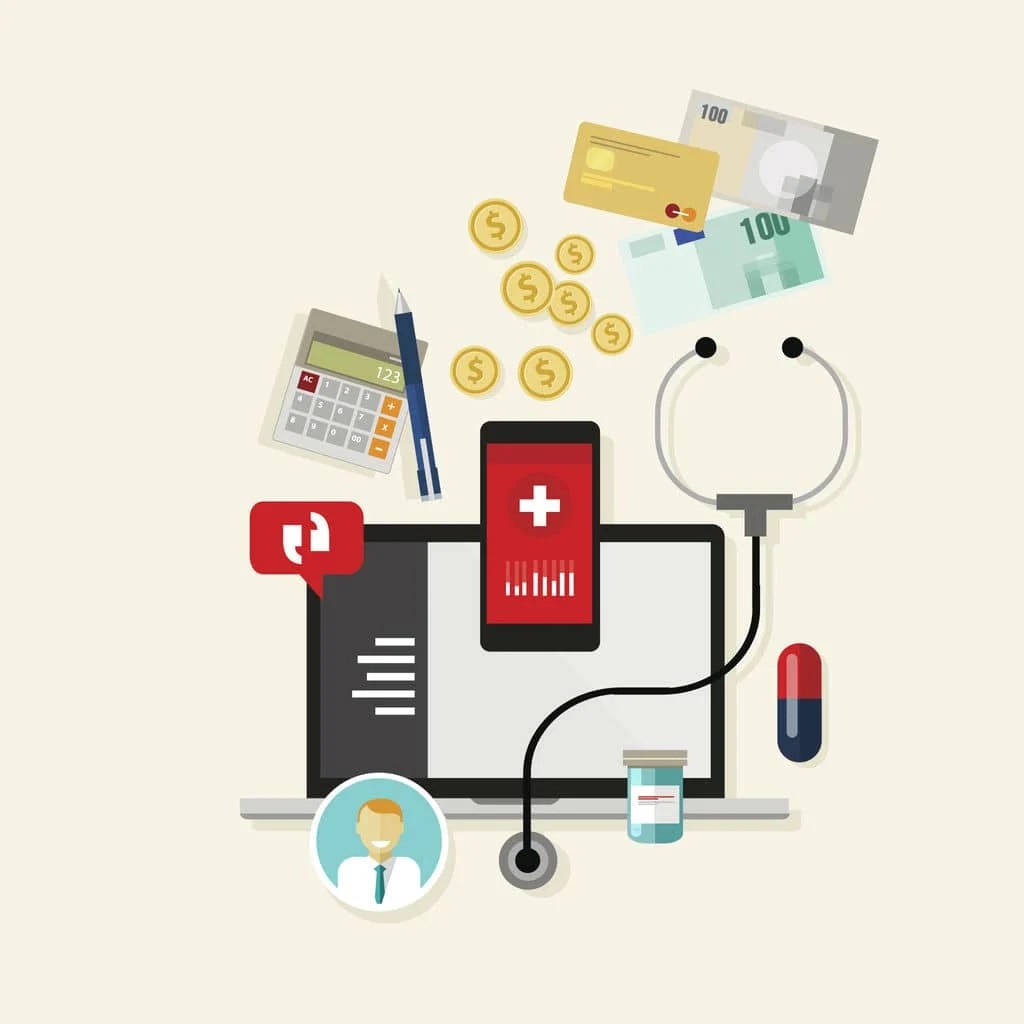Italy, located in southern Europe, is the tenth-largest country in Europe by territory size and the third-most populous member of the European Union (EU) with a population of 58.8 million people in 2023. In 2022, life expectancy in Italy was 83 years.
Italy’s National Health Service (NHS) operates on a regional basis and provides universal coverage to citizens and registered foreign residents. Undocumented migrants are entitled to access urgent and essential medical services. The central government allocates general tax revenues for publicly financed healthcare to regions, defines and supervises regional compliance with the delivery of the guaranteed benefits package (known as ‘essential levels of care’) and exercises overall stewardship. Regions are responsible for the organisation, planning and delivery of health services. A wide range of preventive, primary and community healthcare services is provided through local health authorities, with general practitioners (GPs) acting as gatekeepers to specialist and hospital care. Hospital and specialist ambulatory care are provided by a mix of public and accredited private providers, with significant variation across regions. …
In 2021, Italy’s health expenditure accounted for 9.4% of GDP, a lower proportion than the EU average of 11%. When measured per capita, Italy’s spending on health stood at EUR 2 792 in 2021 – an amount nearly one third lower than the EU average. …
In 2022, 1.8% of the Italian population reported experiencing unmet needs for medical care due to either excessive costs, travel distance or waiting times. This proportion was slightly lower than the EU average of 2.2%…
Collectively, health spending financed through [out-of-pocket spending (21.9%)] and VHI [(2.6%)] accounted for 24.5% of Italy’s total health expenditure in 2021 – a share 30% higher than the EU average of 18.9% [of private health expenditure]. …
Italy’s health expenditure, both as a share of GDP and per capita, is lower than the EU average – primarily due to comparatively low government spending. Between 2019 and 2021, health expenditure per capita increased by nearly 7%, driven entirely by increased public spending to tackle the COVID-19 emergency. Despite this rise in publicly financed expenditure, Italy’s share of health spending financed out of pocket, which is largely driven by direct payments for outpatient specialist care and pharmaceuticals, remains significantly above the EU average. …


